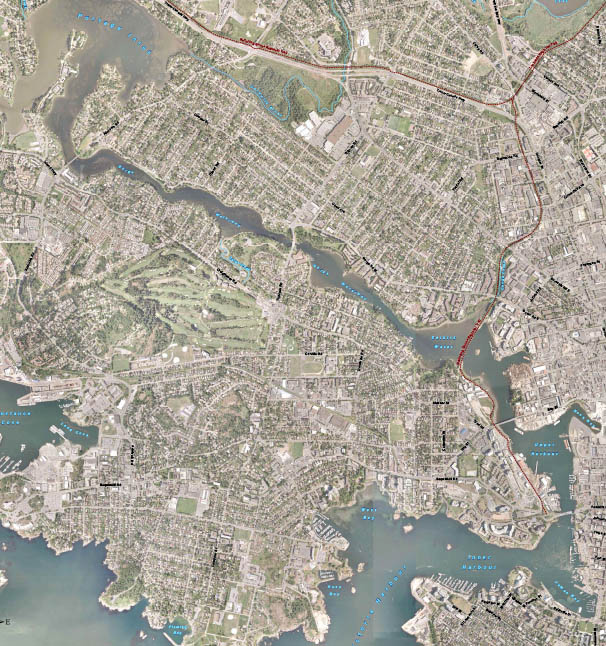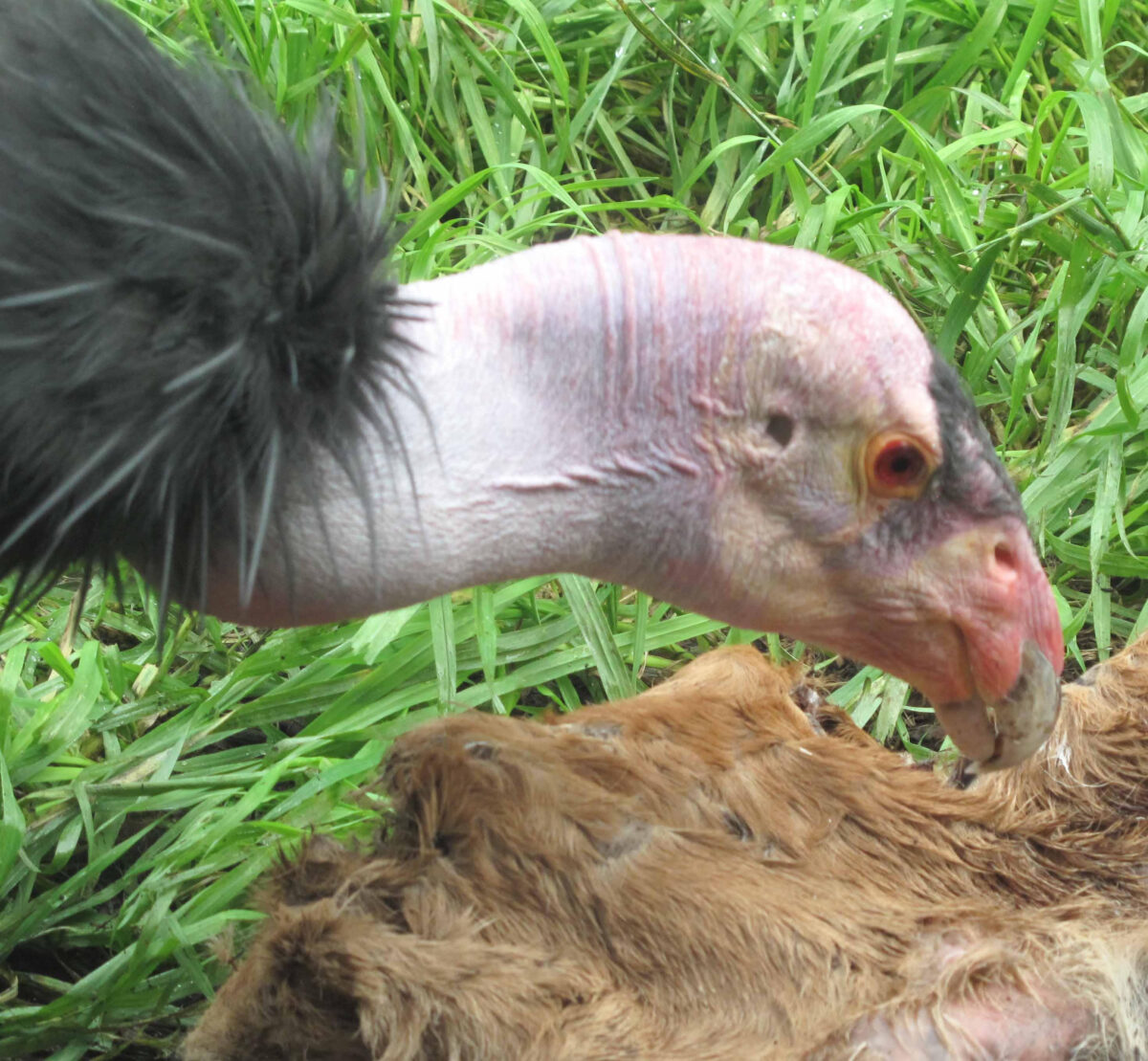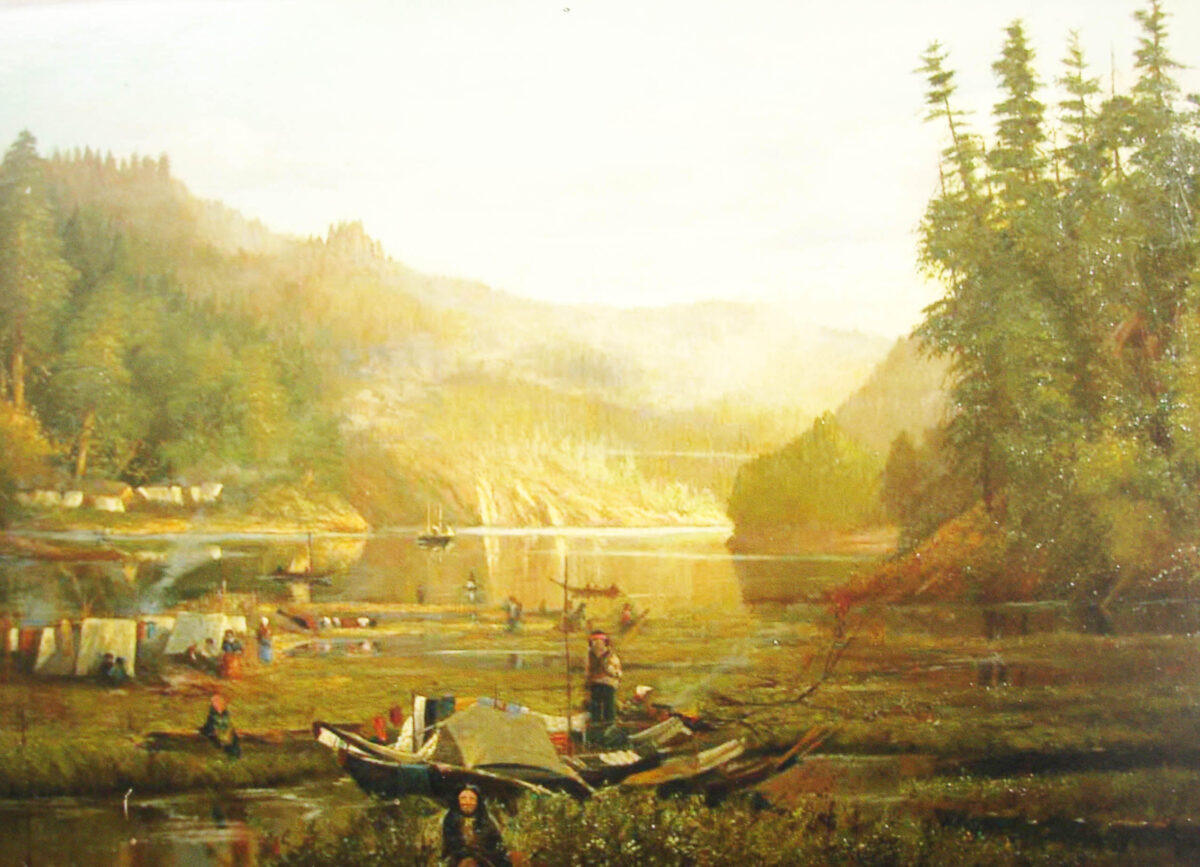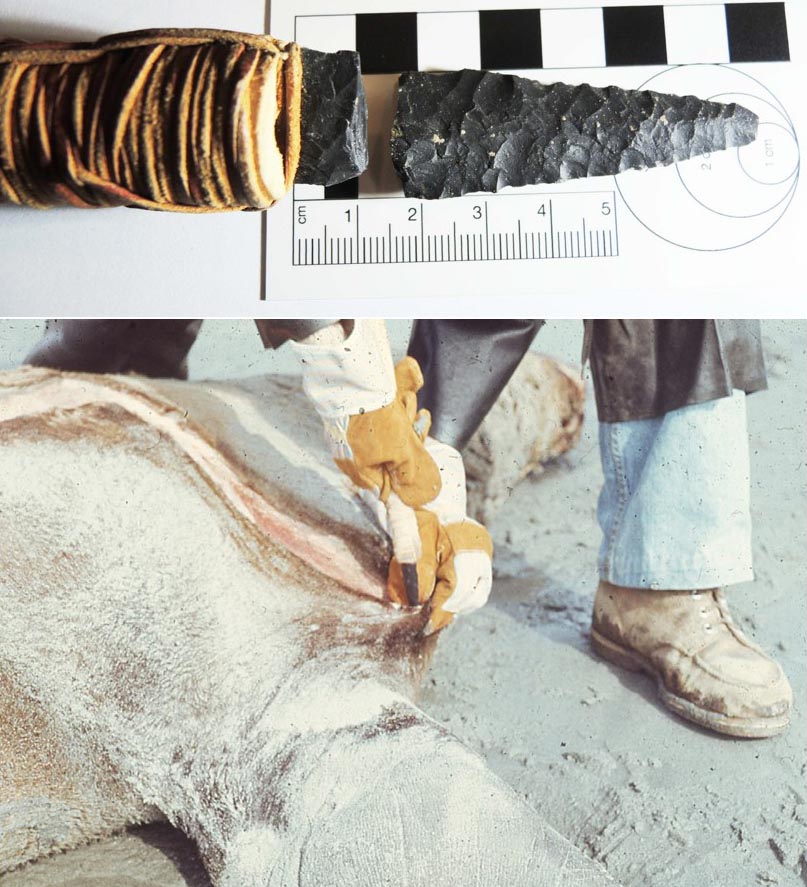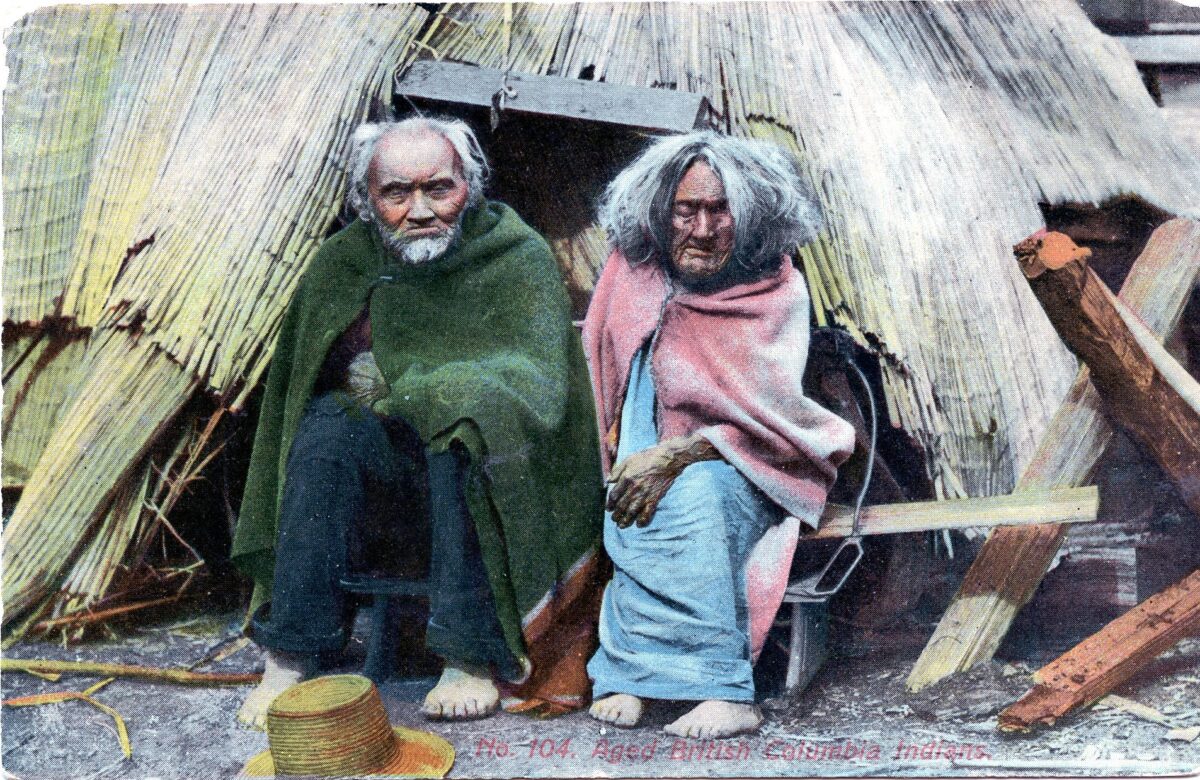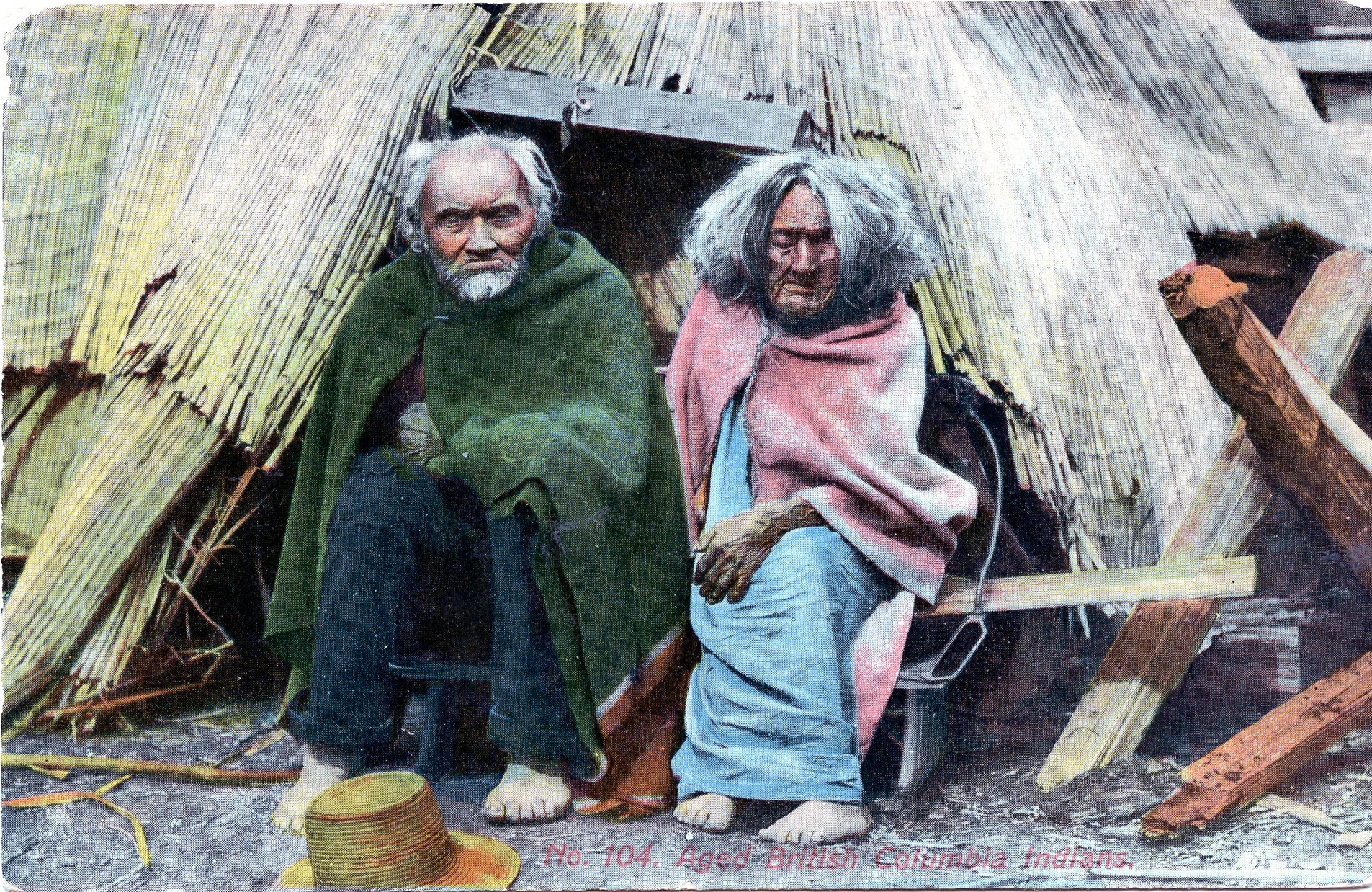
There are three wooden artifacts in the RBCM Ethnology Collection known as Nettle Fibre Beaters. Nettle beaters are much lighter than whale bone bark beaters that are designed for pounded larger cedar bark material. (See Keddie 2025; 2024; 2018 and 2016 for related material on Stinging Nettle). The nettle beater, RBCM2071, was purchased May 20, 1914 at Fort Rupert (Port Hardy) by Charles Newcombe. He noted: “Ft. Rupert 20/V/14. Yakuglas” – “Beating stick used in making nettle string found in house rubbish of old foundation”. This was mistakenly labeled on the Museum database as “bark beater”. Later additions to the RBCM database had: Paddle shape nettle beater with design. Kwakwaka’wakw Yellow cedar. Fort Rupert. Tsaxis. RBCN2071 nettle beater is an … Continue reading “Nettle Fibre Beaters in the Collection of the Royal B.C. Museum”






